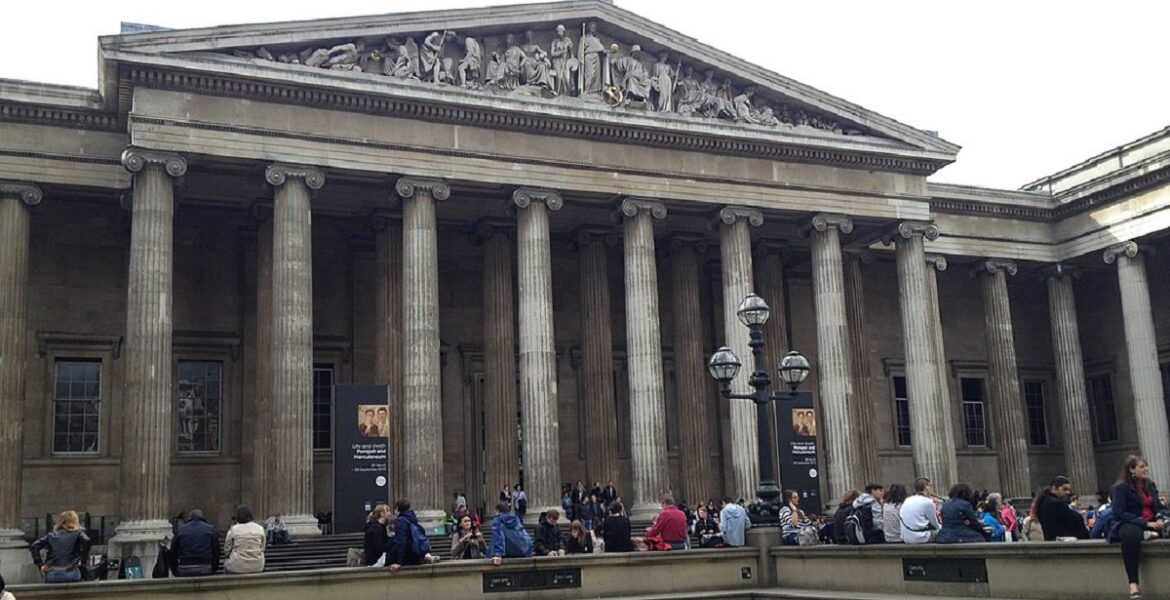Recent news of missing items from the British Museum has drawn attention to a history of valuable artifacts and items that have gone astray over the years.
This revelation prompted the museum to take legal action against a former staff member, Peter Higgs, who was allegedly dismissed earlier this year when it was discovered that gold jewellery, semi-precious stones, and glass pieces dating from the 15th century BC to the 19th century AD had either gone missing, been stolen, or suffered damage.
In response to these losses, the museum has taken swift action, instituting "emergency measures" and initiating an independent review of its security protocols. The Metropolitan Police have also launched an investigation into the matter.
Peter Higgs, 56, was formerly the curator of Greek collections, Greek sculpture, and the Hellenistic period at the British Museum until his dismissal.
The range of items missing from the museum's collection span from gold jewellery and semi-precious gems to glass pieces dating from the 15th century BC to the 19th century AD. These artifacts were predominantly used for research and academic purposes rather than public display.
The museum has bolstered its security measures in response to the recent incidents. Museum Director Hartwig Fischer emphasizes the importance of security enhancement. At the same time, Chairman George Osborne underscores the institution's commitment to recovering the stolen items, investigating possible prevention measures, and safeguarding against future incidents.
Notably, the British Museum has encountered previous instances of missing items:
- Cartier Ring: In 2017, it was disclosed that a Cartier diamond ring from the museum's heritage asset collection had vanished. Although reported as missing in 2011, details of the loss were not publicly revealed until six years later. The ring's value was estimated at £750,000.
- Chinese Artefacts: In 2004, a public member reportedly made off with 15 historically significant Chinese artefacts from the museum. These items encompassed jewels, ornate hairpins, and fingernail guards.
- Greek Head: In 2002, a 2,500-year-old Greek statue's marble head measuring 12cm was stolen by a museum visitor. The museum had an open exhibit, the Greek Archaic Gallery, but lacked a permanent guard at the time of the theft. The marble head, acquired by the museum in 1922, held distinctive features and was valued at around £25,000.
- Roman Coins and Jewelry: 1993 saw the theft of Roman coins and jewellery worth £250,000. The culprits entered through the museum's roof.
- Coins and Medals: During the 1970s, a series of coin and medal thefts occurred at the British Museum.
Reports also reveal disrepair within the museum's premises, echoing the turmoil caused by the missing items. The building's condition has been described as "visibly falling," with visible evidence of decay, such as gaffer tape on carpets and water damage on gallery walls. The very wing that houses the Parthenon sculptures, known as the Elgin Marbles, has been plagued by leaks, further exacerbating concerns.

In light of these circumstances, the discussions about repatriating the Elgin Marbles have gained renewed momentum. The echoes of historical debate intersect with the British Museum's current challenges, raising important questions about its priorities and obligations.

